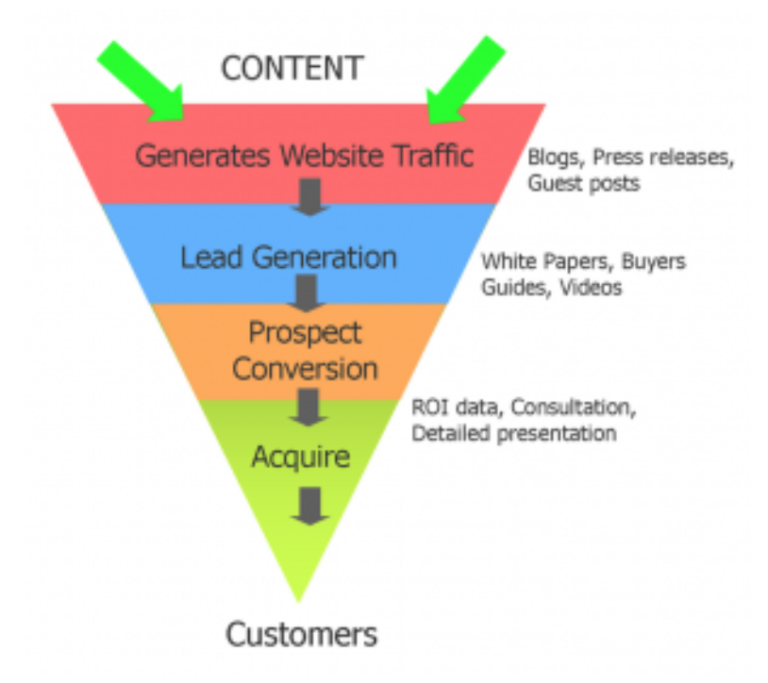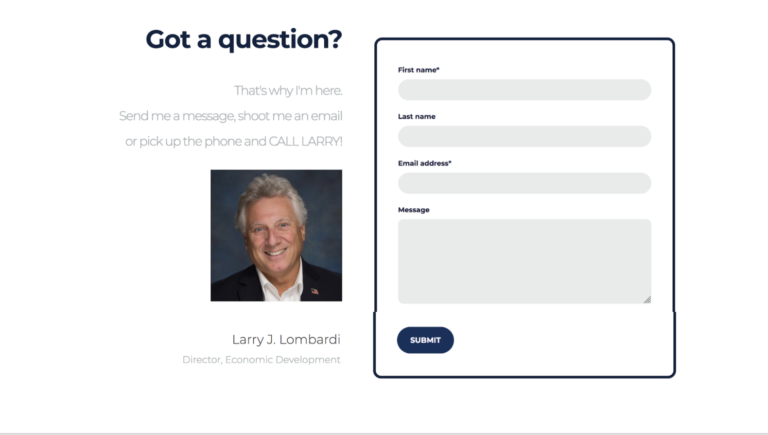This is the second post in a series on Customer Lifetime Value (CLV) and online marketing measurement. In this post we look at how brands can reverse engineer the marketing budget needed to reach revenue targets, using CLV and Cost Per Acquisition (CPA) as described in the first part of the series “How to Calculate Customer Lifetime Value for eCommerce Websites”.
Step 1: The figures you need to begin calculating your budget
For those of you who didn’t read the last post, let’s recap on some key facts from our example of Brand X which I will be continuing to use in this post.
- Customer Lifetime Value (CLV) = £37.50
- Target Return On Marketing Spend = 2:1
- Cost Per Acquisition (CPA) = £18.75
- Average Order = £50
Step 2: Set a SMART goal for financial growth
What you don’t know about Brand X from my last post is that they have some SMART goals for business growth:
- Brand X’s Goal: Brand X wants to grow turnover by 50% from £850,000 to £1,275,000 within the next year

Before Brand X jumps in and decides what digital marketing services they want to use to meet the growth target of £425,000, it’s worthwhile doing the maths to see what digital marketing budget would be needed to achieve this goal. This post is designed to show brands how they can use CPA and CLV to work out the marketing budget needed to meet financial growth goals using Brand X as an example.
Step 3: Work out how many new customers you need to achieve your revenue increase

To increase revenue by £425,000 we need to look at the average order value for Brand X, which continuing from the example in the previous post is £50. By taking the target figure for revenue growth and dividing that figure by the average order value, the resulting figure is the number of new customers that you will need to acquire. So taking the example of Brand X:
- £425,000 Target Revenue Increase / £50 Average Order = 8,500 New Customers
Step 4: Use your CPA and new customers to work out your budget
Then take the figure for your target CPA (as previously determined by the CLV and return on marketing spend) and multiply the CPA by the number of new customers. For Brand X the equation looks like this:
- 8,500 New Customers x £18.75 Cost Per Acquisition = £159,375 Marketing Budget
Brand X Annual Marketing Budget = £159,375
In short, by knowing the number of new customers that you need to attract and the cost you are prepared to spend on acquiring each new customer, you can find your marketing budget, look to the future and start planning.
Step 5: Look to the future and plan your marketing strategy

For the next blog in the series, we explain how to allocate your digital marketing budget to smash eCommerce targets across SEO, PPC, social media, email marketing, content and website development.
Thanks for reading
If you’re interested in the best digital marketing strategies to achieve your eCommerce growth goals, ask us for a free digital marketing analysis and revenue forecast.





